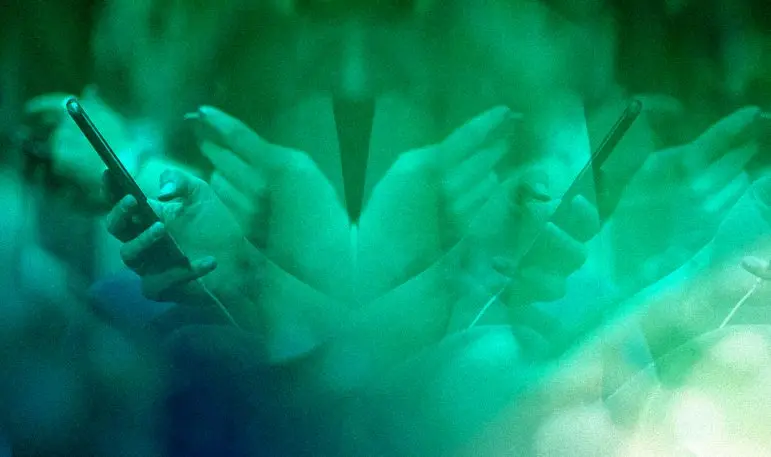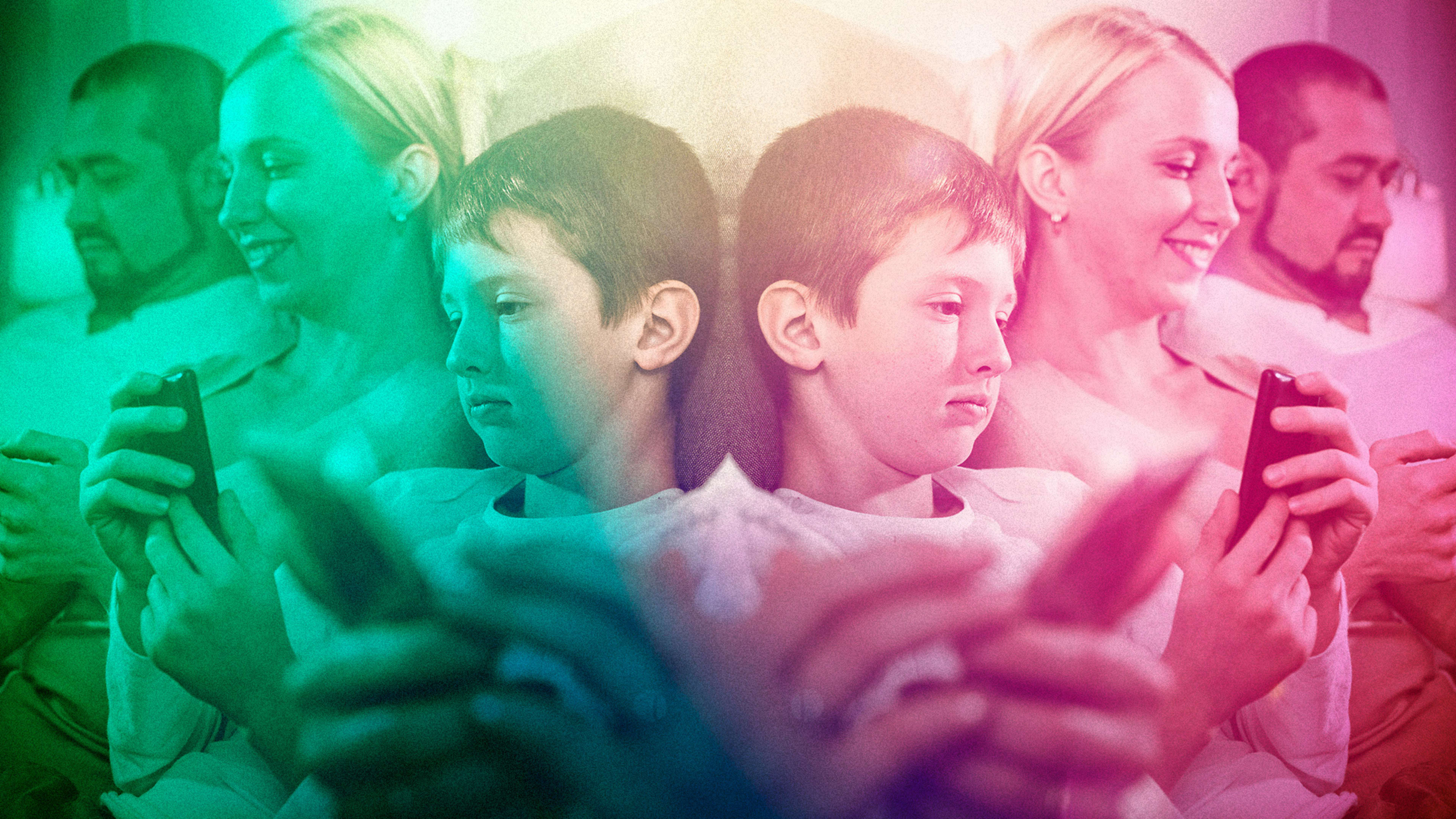There’s a lot of collective hand-wringing about how much time teens spend on their phones–including from teens themselves. A new report from the Pew Research Center shows that 54% of today’s teenagers think they spend too many hours gazing into their screens.
But the teens aren’t alone–at least according to Pew’s survey of 743 teenagers and 1,058 parents of teenagers during March 2018. 36% of parents also felt like they spent too much time with their cellphone, and 51% of teens think that their parents either always or sometimes are distracted by their phones during in-person conversations (72% of parents feel the same way about their kids). In other words, teens aren’t the only culprit here: Kids and adults alike are worried about how much time we–and our family members–are spending staring at our phones.

Pew’s study is an indication that teens and their parents have trouble limiting phone time. That’s by design: Pinging notifications and manipulative UX tactics deliver dopamine hits that keep us hooked in. And while there are tactics to help you manage your digital life, these have not yet reached cultural ubiquity, like well-practiced guidelines around how much coffee or wine you should drink to stay healthy.

For now, it’s going to take a combination of self-awareness and practical defense to help cut down on needless screen time among both teens and parents. But for any real, long-term change, we need thoughtful design that is dedicated to keeping our digital lives balanced and healthy instead of manipulating us into a constant state of anxiety.
Recognize your brand’s excellence by applying to this year’s Brands That Matter Awards before the early-rate deadline, May 3.
